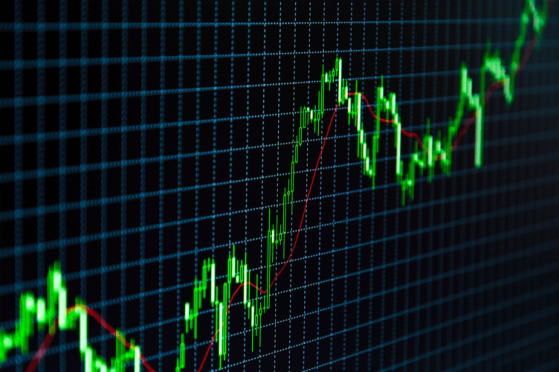It seems Verge (XVG) is just as capable at regaining hype and making a move, as it was in December. But the asset was inert for a while, pressured by the long slide in prices. However, the run up to the official “big partnership” announcement is affecting the price.
XVG grew by more than 20% in the past day to $0.064, up more than 56% in the past seven days, and the trend does not seem to stop. And while trading volumes cannot be compared to the December spike, the XVG market seems to have awakened.
With this move, XVG is one of the strongest recoveries, but there are still fears the effect may be short-term.
Now, the Verge project is rewarding some of the recent fundraising backers by drawing prizes:
The move may add to the hype, and also help with the more positive image of XVG. The Verge project has been around for a long time, but resorted to several rounds of asking for donations to complete technical projects. One of the critical points in the past month was the delay in the Wraith protocol. But even after the release, the price slid to lows of around $0.03 as the markets crashed.
The XVG digital asset remains attractive, as its price is 22% higher net in the past three months. But the yearly gains are even more outlandish, more than 117,000%.
In the most recent climb, XVG trading takes up more than 12% of trading on Binance, outpacing the recent TRON (TRX) spike. The concentration of XVG on this exchange means the price would be really responsive to buyers returning. XVG is seeing additional Asian volumes, but the effect of a single exchange cannot be underestimated. XVG trades at a slight premium to $0.068 on Binance, in terms of BTC prices.
In terms of BTC prices, XVG is still under 1,000 Satoshis, far from the recent spike in January, but with every chance of regaining the December positions. And while the dollar price may be lower, this kind of gain against BTC is seen as positive in the crypto community. And now, even short-term hype is a good sign of traders returning after recent lows and dwindling volumes.
This article appeared first on Cryptovest
